A Landscaper’s Guide to a Tick-Resistant Yard (The No-Nonsense Version)
Over the years I’ve been designing landscapes, I’ve noticed a huge shift in what homeowners worry about. It used to be all about perfect stripes in the lawn and making the neighbors jealous. Now, the first question I get, especially for properties that back up to woods, is almost always about ticks.
In this article
I’ll never forget this one young family. They were terrified to let their toddler play in their own backyard because it ran right up against a dense, wild forest edge. And they were right to be worried—they were finding ticks all the time. They desperately wanted a solution that was safe for their kid and their dog, not a yard drenched in chemicals. That project really drove home a key point for me: you can’t just plant a few pretty flowers and call it a day. But you absolutely can build a smarter, more defensive landscape.
So let’s be real from the start. There is no magic plant that will build an invisible force field around your property. Any article that promises a “guaranteed” tick-free yard is selling you a fantasy. Real tick control is about creating an environment that ticks absolutely hate. It’s a team effort between smart maintenance, physical barriers, and the strategic use of plants whose smells and oils mess with them. Plants are a vital tool in the toolbox, but they’re still just one tool.

Your First, Easiest Win (Do This Today)
Before you buy a single plant or bag of mulch, do this. Go outside and look at where your family actually spends time. Is the swing set, sandbox, or patio furniture right up against the shady tree line? Move it. The single most effective thing you can do right now is to pull all high-traffic activity areas towards the center of your lawn, away from the wilder edges. It’s free, takes minutes, and creates an instant safety buffer. Seriously.
First, Understand Your Enemy
To beat the tick, you have to think like a tick. And here’s the good news: they aren’t super-predators. Ticks don’t fly, jump, or drop out of trees onto your head. That’s a total myth.
Their main move is called “questing.” A tick will crawl up a blade of tall grass, a weed, or a low-hanging bit of foliage. It grabs on with its back legs and stretches its front legs out, just waiting. These front legs have sophisticated sensors that detect the carbon dioxide, heat, and vibrations from a potential host (like you or your dog) brushing past. When you do, it latches on. This is why you rarely find ticks in the middle of a short, manicured lawn but find them all the time in overgrown fields or along wooded paths.
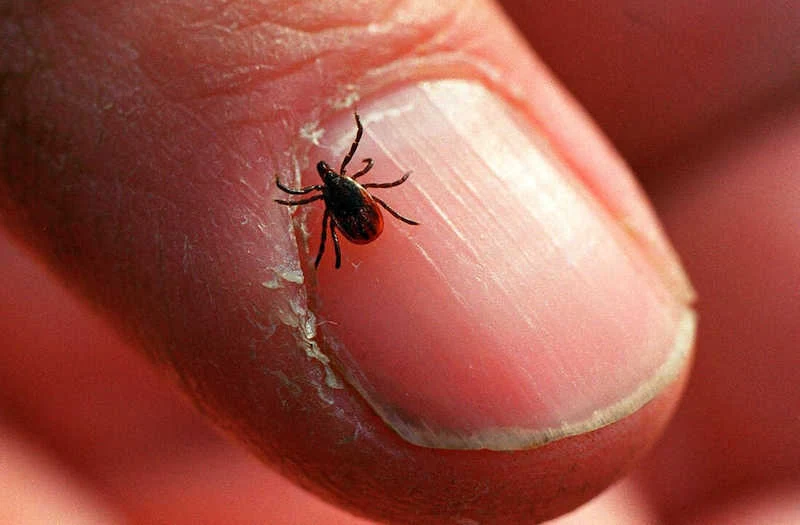
Oh yeah, and ticks are total divas about moisture. They dry out very easily. They need damp, shady places with lots of leaf litter to stay hydrated. They avoid open, sunny, dry areas like the plague. This weakness is your greatest weapon. Our whole strategy is built on getting rid of their questing spots and creating dry, sunny zones they won’t want to enter.
The Pro’s Playbook: A Layered Defense
In the professional world, we call this Integrated Pest Management (IPM), but honestly, it’s just a common-sense layered approach that starts with the safest methods first. Aromatic plants are just one part of this system.
A smart anti-tick strategy has a few key parts:
- Smart Habits: This is your first line of defense. It just means changing your yard to be less tick-friendly. Mow your lawn regularly, get rid of leaf piles, and prune shrubs to let more sunlight and air flow through.
- Physical Barriers: This one is a game-changer. Creating zones that ticks hate to cross is incredibly effective. A simple three-foot-wide path of wood chips or gravel between your lawn and a wooded area can make a huge difference. More on that in a second.
- Aromatic Plants (Our Focus!): Using plants with strong scents that either repel ticks or confuse their senses so they can’t find you.
- The Last Resort: In cases of a really severe infestation, you might need to call a licensed pro for a targeted application of pesticides (called acaricides). This should always be the final option after everything else has failed.
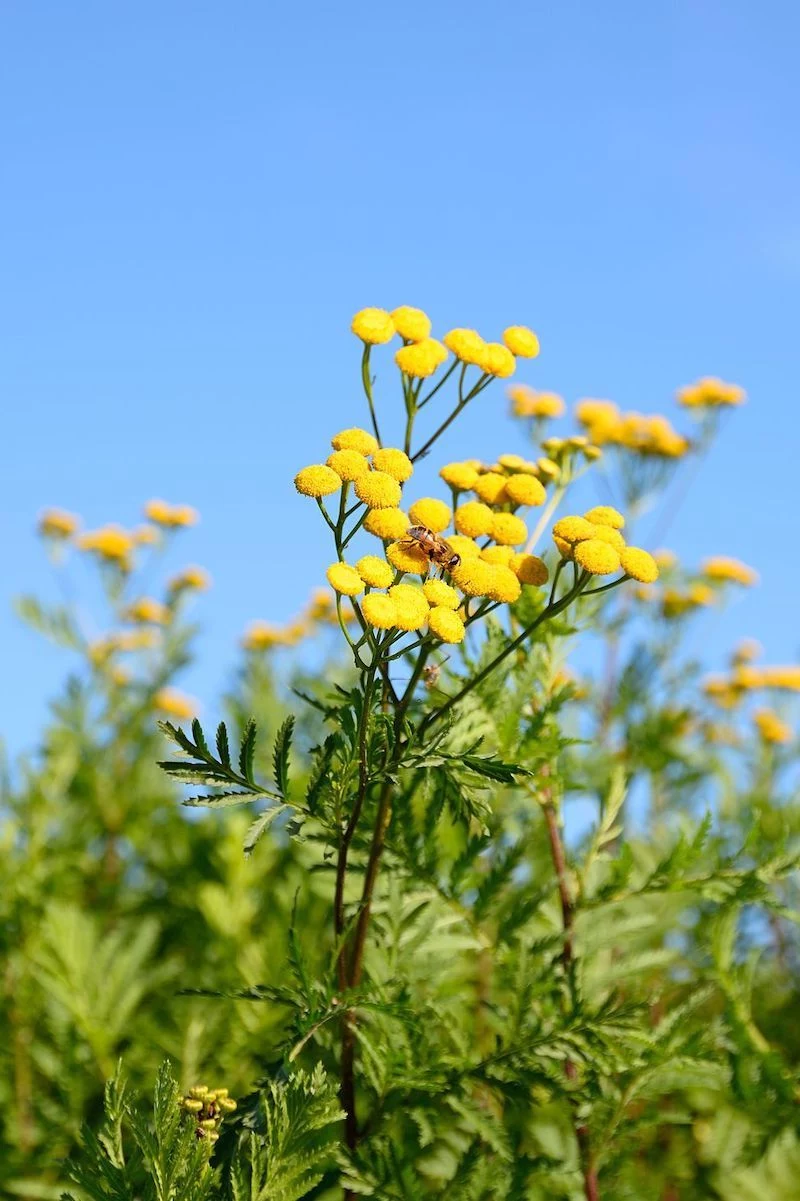
The All-Important Barrier: Your Defensive Moat
Before we even get to the plants, let’s build that barrier. A lot of my clients have had huge success just by creating a three-foot-wide border between their lawn and any adjacent woods or wild areas. Ticks don’t like crossing wide, dry, textured paths.
Quick tip: Use cedar mulch for this. It’s a bit more expensive than other mulches (expect to pay around $4-$6 per bag, and you’ll need a good amount), but cedar contains natural oils that ticks and other insects dislike. Lay it down in a thick, three-inch layer. This does two things: the texture and dryness of the mulch itself creates an inhospitable zone, and the cedar oils add an extra layer of repellent. It’s a simple project for a Saturday afternoon that pays off all season.
The Aromatic Arsenal: Plants Ticks Can’t Stand
Okay, now for the fun part. When we choose plants, we’re looking for ones that produce strong essential oils. These potent smells can either mask the scent of a host (you!) or are just plain offensive to a tick’s sensitive organs. Here are a few that I’ve found to be both effective and beautiful in landscape designs.
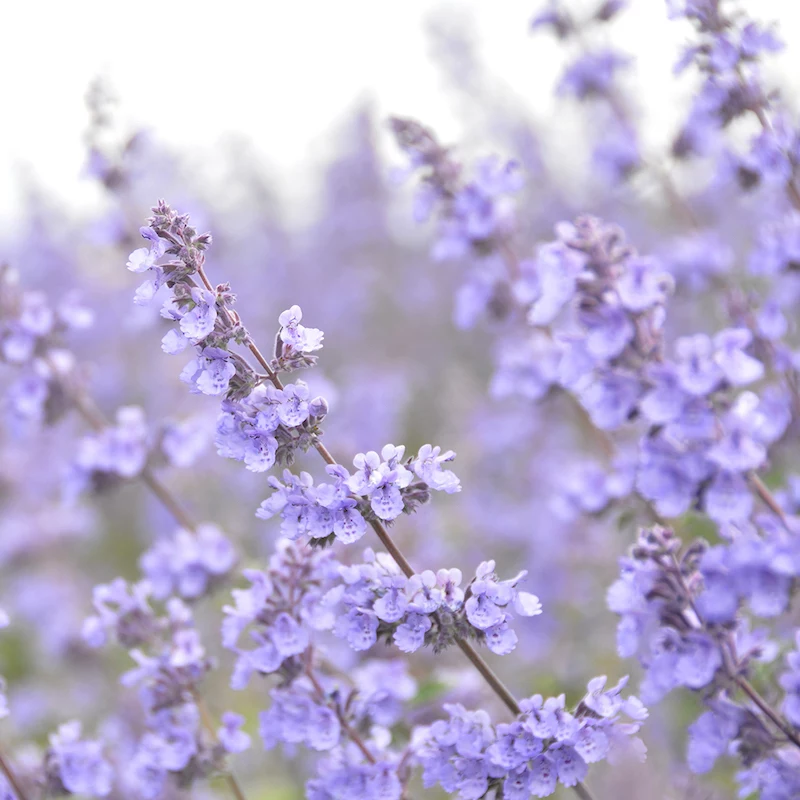
1. Pyrethrum Daisy
This is the original powerhouse of insect-repelling plants. It looks like a sweet, innocent daisy, but it’s the source of a natural insecticide called pyrethrin. The active compounds are concentrated in the flower heads and they work by attacking an insect’s nervous system. So, it’s not just a repellent; it’s a natural neurotoxin for many bugs.
- Best Place to Plant: Use these in sunny perennial borders, especially those lining your patio or walkways. They need at least 6 hours of direct sun to be effective. Plant them in clusters of 3 or 5 for a nice visual punch and a more concentrated effect. Space individual plants about 12-18 inches apart.
- Heads Up on Pet Safety: This is a big one. While natural, pyrethrin is toxic to cats and can be toxic to dogs if they chew on or eat the flowers. If you have curious pets that eat plants, this might not be the best choice for your yard. It’s also very toxic to fish, so never plant it where runoff could get into a pond.
- Common Pitfall: Don’t plant them in the shade! Their superpower comes from the sun. In a shady spot, they’re just another pretty flower with very little defensive capability. Expect to pay about $10-$20 for a decent-sized plant at a nursery.

2. Catmint (NOT Catnip!)
Everyone knows what catnip does to cats, but its active ingredient, nepetalactone, is also a fantastic pest repellent. Some studies have even shown it to be more effective than DEET against mosquitoes. While ticks are different, they also find the strong scent overwhelming.
But a word of warning from experience: True Catnip (Nepeta cataria) is a weedy, aggressive beast that will take over your garden. I made that mistake once. We spent an entire afternoon trying to undo it two years later. Always, always choose its well-behaved cousin, Catmint (Nepeta x faassenii), especially a sterile variety like ‘Walker’s Low’. It gives you all the repellent benefits with beautiful purple flowers and a tidy, mounding shape.
- Best Place to Plant: Catmint is your go-to for lining hot, sunny driveways, paths, and patios. It thrives on neglect and is super drought-tolerant once it’s established. Plant it where you’ll brush past it, releasing those fragrant oils. To create a lush 10-foot border, you’ll probably need 5-7 plants (at around $15-$25 each) and a bag of all-purpose garden soil ($8).
- Pet Safety: Generally considered safe for both cats and dogs. As the name implies, your cat might enjoy it a little too much, but it’s not harmful.
- Get it established: Give it a full growing season to really settle in. By its second year, it will be a robust, pest-bothering machine.
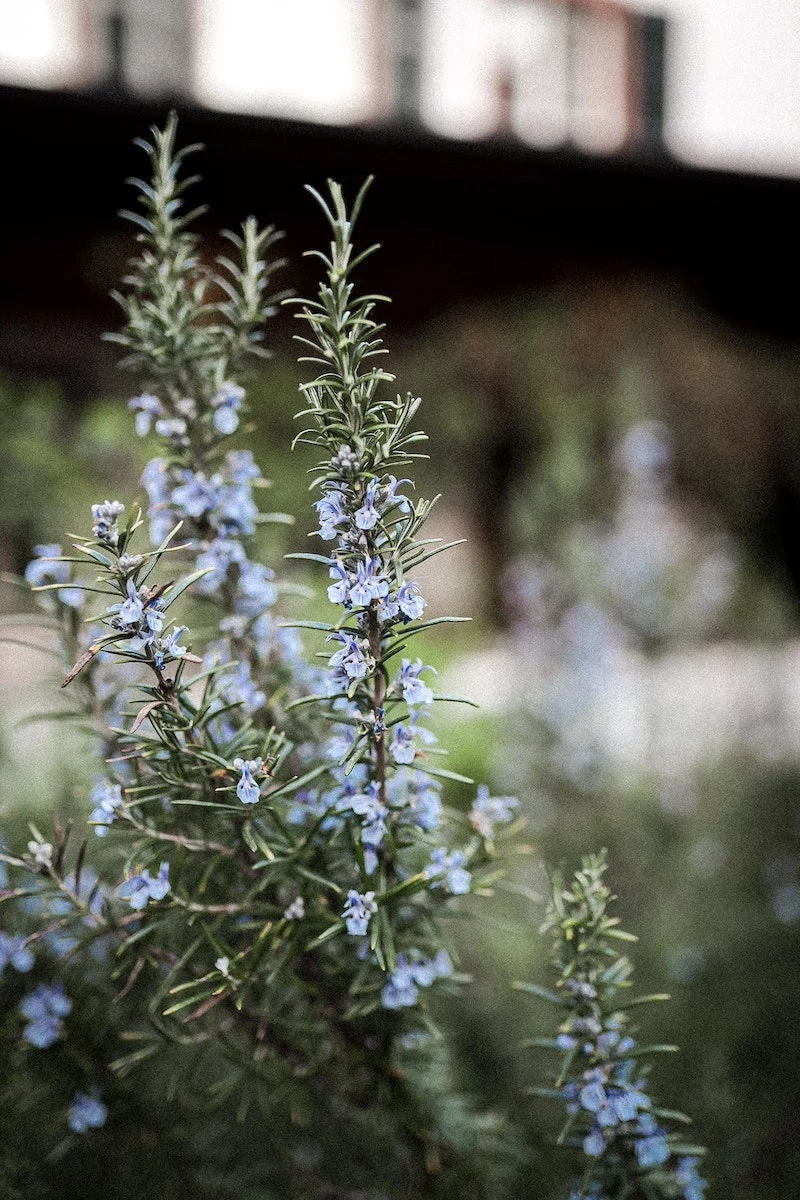
3. English Lavender
We love the smell of lavender, but many pests, including ticks, hate it. The compound linalool gives it that famous scent, which is calming for us but a powerful irritant for a tick’s senses. It basically scrambles their radar by masking the smells (like carbon dioxide) that they use to find a host.
- Best Place to Plant: Lavender demands two things: full sun and well-drained soil (which just means soil where water doesn’t puddle after a heavy rain). It’s perfect for gravel gardens, sunny slopes, or pots on a deck.
- Common Pitfall: The #1 mistake people make with lavender is planting it in heavy clay soil or overwatering it. It absolutely hates having “wet feet” and will quickly rot. If you have dense soil, amend it with sand or grow lavender in containers.
- Pet Safety: Lavender contains linalool, which is toxic to dogs and cats in high concentrations (like in essential oils). However, a dog or cat nibbling on the plant is unlikely to ingest enough to cause a problem, but it’s something to be aware of.
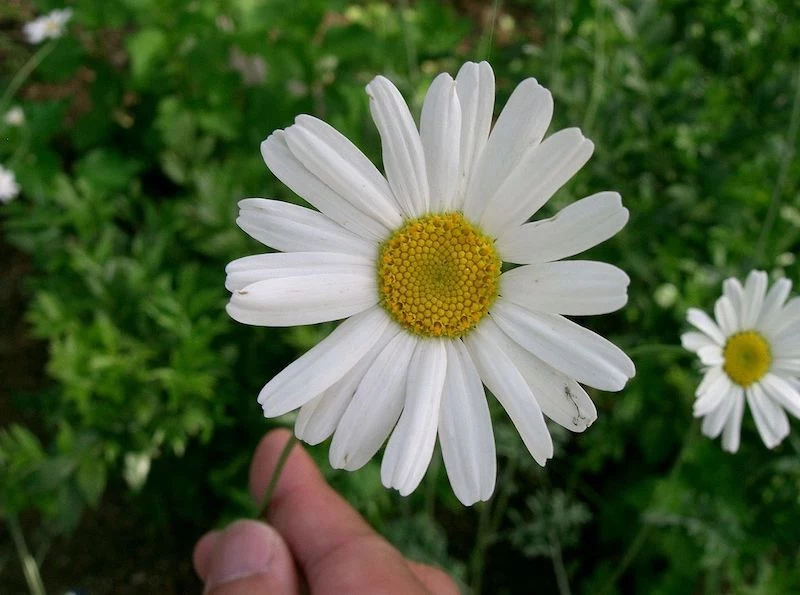
4. Rosemary
Here’s a fantastic two-for-one plant. Rosemary’s strong, piney scent comes from its essential oils, which are a known repellent for ticks and other pests. Its woody, resinous nature also makes it an unappealing plant for ticks to climb.
- Best Place to Plant: Rosemary is a Mediterranean herb, so it adores sun and well-drained soil. It’s amazing in pots on a sunny patio or deck, where it’s close to your outdoor living spaces. In colder climates, you’ll need to bring the pots indoors for the winter. In warmer zones, it can grow into a large, impressive shrub right in the garden.
- Pet Safety: Great news! Rosemary is non-toxic and considered safe for both cats and dogs.
- Bonus: You can snip off a few sprigs for grilling! It’s practical, pretty, and protective. What’s not to love?
Putting It All Together: A Realistic View
Remember, this is a long game. It will take a full growing season for your new plants to get established and start producing a good concentration of their repellent oils. The goal isn’t to create a sterile bubble, but to significantly reduce the tick population in the areas where you live and play.
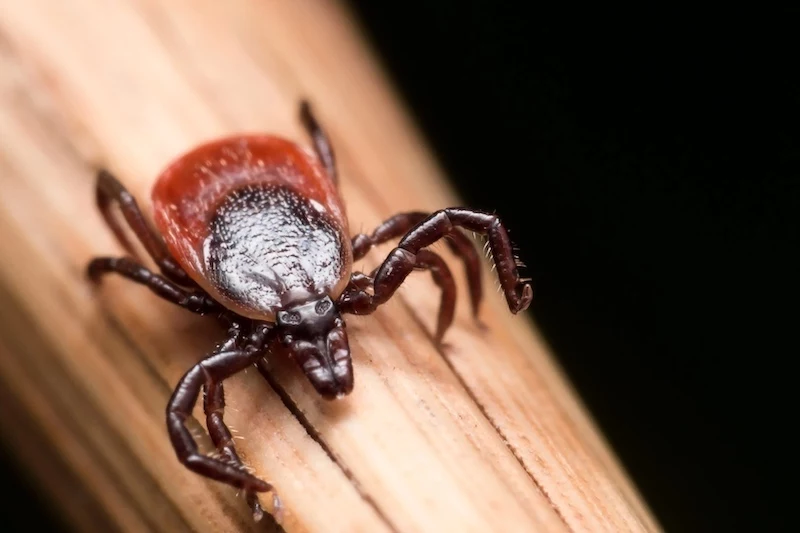
By combining these aromatic plants with a mulch barrier and good old-fashioned lawn maintenance, you are building layers of defense. You’re making your yard a beautiful, fragrant place for your family, and a deeply annoying and inhospitable one for ticks. And that’s a win.










